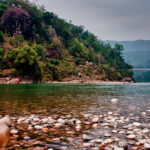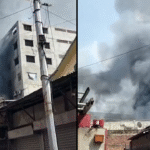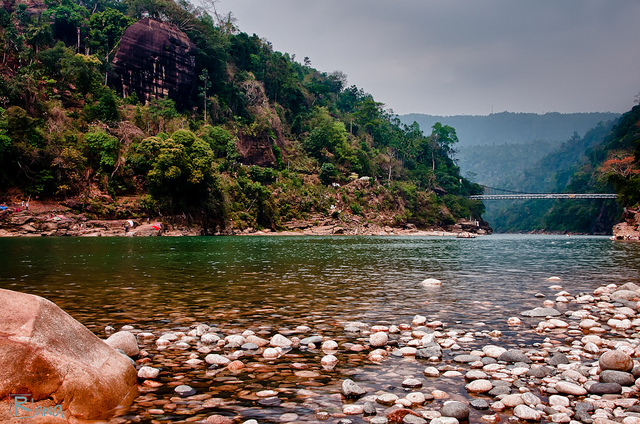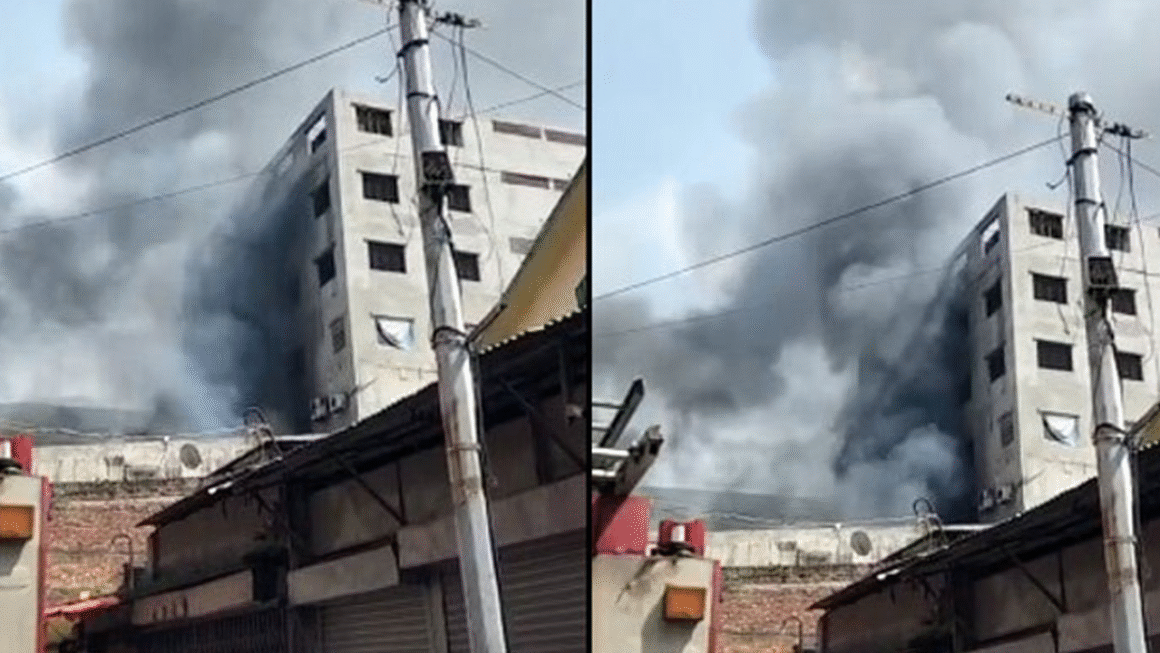 Introduction to Sylhet District-
Introduction to Sylhet District-
Sylhet District is one of Bangladesh’s most picturesque and culturally rich destinations. Nestled in the north-eastern corner of the country, Sylhet is adorned with rolling hills, sprawling tea gardens, sacred shrines, and lush green forests. Whether you are a nature lover, spiritual seeker, or cultural explorer, Sylhet has something special to offer you.
Historical Background of Sylhet-
Sylhet has a deep-rooted history dating back centuries. The region was ruled by Hindu kings until the 14th century, when Hazrat Shah Jalal (R.A.), a prominent Sufi saint, arrived and played a pivotal role in spreading Islam. His arrival transformed the cultural and religious landscape of the region, which continues to thrive as a spiritual center.
During British rule, Sylhet was a key administrative and commercial hub and was even part of Assam Province before being included in East Bengal through a referendum in 1947.
Geography and Climate-
Sylhet is surrounded by the Khasi and Jaintia hills to the north and bordered by rivers and valleys. This district is part of the Surma River valley and is known for its subtropical climate:
- Hot, humid summers
- Cool, misty winters
- Heavy monsoon rains
This lush environment makes Sylhet District one of the greenest parts of Bangladesh.
Administrative Structure of Sylhet District-
Sylhet District consists of several Upazilas:
- Sylhet Sadar
- Jaintiapur
- Gowainghat
- Zakiganj
- Kanaighat
- Companiganj
- Beanibazar
- Bishwanath
- Balaganj
- Fenchuganj
- Golapganj
- Osmani Nagar
Each of these Upazilas is unique in its culture, nature, and historical relevance.
Major Tourist Attractions in Sylhet District-
Shrine of Hazrat Shah Jalal (R.A.)
One of the holiest places in Bangladesh, the shrine of Hazrat Shah Jalal (R.A.) attracts thousands of visitors every year. It’s not only a religious site but also a landmark of Sylheti identity.
Shrine of Hazrat Shah Paran (R.A.)
A few kilometers from Shah Jalal’s shrine lies the resting place of his nephew, Shah Paran (R.A.). The serenity and spiritual ambiance make it a peaceful destination for pilgrims.
Ratargul Swamp Forest
Sylhet District is home to the only swamp forest in Bangladesh, Ratargul. This evergreen forest gets submerged in water during monsoon and can be explored by boat. It’s a rare and magical destination for nature lovers.
Jaflong – The Daughter of Nature
Located near the India-Bangladesh border, Jaflong is a paradise known for:
- Rolling stones
- Crystal-clear rivers
- Towering hills
- Views of Meghalaya’s waterfalls
It’s an ideal spot for nature photography, picnics, and sightseeing.
Lalakhal
Lalakhal’s emerald-green water is a mesmerizing sight. A boat ride through this pristine river is a must for any Sylhet traveler.
Bichanakandi
Often compared with Jaflong, Bichanakandi offers scenic landscapes where mountains, rivers, and stones converge. During the rainy season, it becomes even more vibrant.
Tea Gardens of Sylhet
Sylhet is often called the “Land of Two Leaves and a Bud.” The vast tea estates such as Malnichhara, Lakkatura, and Tarapur are not only economically vital but are also amazing places to visit and relax.
Cultural Significance of Sylhet-
Sylheti culture is rich in folklore, music, and traditions. The people here speak in a distinctive Sylheti dialect, which is considered both sweet and unique. The region is also famous for:
- Baul music
- Traditional cuisine (like shatkora beef, panta rice with dry fish)
- Religious harmony
Economy of Sylhet-
Sylhet’s economy is driven by:
- Tea production
- Agriculture
- Remittances from the UK and the Middle East
- Tourism
The district benefits significantly from Sylheti expatriates who invest in real estate, education, and infrastructure.
Educational Institutions-
Sylhet is home to several prestigious institutions:
- Shahjalal University of Science and Technology (SUST)
- Sylhet Agricultural University
- MC College
- Sylhet Cadet College
The literacy rate in the district is above the national average, and education is highly valued among locals.
Local Cuisine-
The cuisine in Sylhet District is diverse and flavorful:
- Shatkora beef or chicken
- Shutki (dry fish) curry
- Bamboo shoot with chicken
- Pitha (rice cakes) in winter
- Traditional sweets like batasha and shondesh
The food is aromatic and spicy, influenced by Indian and tribal flavors.
Transportation and How to Reach-
Sylhet is easily accessible from all parts of Bangladesh:
- By Air: Osmani International Airport connects Sylhet to Dhaka, Chattogram, and international cities like London and Jeddah.
- By Train: Intercity trains like Parabat, Joyontika, and Upaban connect Sylhet to Dhaka.
- By Road: Buses run regularly from Dhaka and other major cities.
Local transport includes CNG auto-rickshaws, cars, and microbuses.
Hotels and Accommodation-
Sylhet offers a range of accommodations:
- 3-5 star hotels (Rose View, Noorjahan Grand)
- Budget hotels
- Eco-resorts near Jaflong and Ratargul
- Guest houses in tea gardens
Travelers can enjoy both luxury and eco-friendly stays based on preference.
Festivals and Events-
Sylhet celebrates several vibrant festivals:
- Urs of Hazrat Shah Jalal & Shah Paran
- Pohela Boishakh (Bengali New Year)
- Baul music festivals
- Tea Festival
These events bring people together, showcasing music, dance, and spirituality.
Challenges in Sylhet District-
While beautiful, Sylhet faces several challenges:
- Deforestation in hilly areas
- Water pollution in tourism zones
- Road congestion in city centers
- Flash floods in lowlands during monsoon
However, local authorities and communities are actively working to resolve these.
Final Thoughts-
Sylhet District is more than just a destination—it’s an experience. With its breathtaking nature, deep spiritual roots, hospitable people, and rich culture, Sylhet offers a magical escape from the hustle and bustle of city life. Whether you’re gliding through Ratargul in a wooden boat or sipping tea overlooking rolling hills, Sylhet’s charm will linger in your heart long after you leave.
Frequently Asked Questions (FAQs)-
What is Sylhet District famous for?
Sylhet District is famous for its tea gardens, spiritual shrines, lush natural landscapes like Ratargul and Jaflong, and its unique Sylheti culture.
When is the best time to visit Sylhet?
The best time to visit Sylhet District is from October to March when the weather is cooler, and the skies are clearer for sightseeing.
Can I visit the tea gardens in Sylhet?
Yes, tourists can visit tea estates such as Malnichhara, the oldest tea garden in Bangladesh. Some gardens even offer guided tours.
Is Sylhet suitable for solo travelers?
Absolutely. Sylhet District is safe for solo travelers, with friendly locals, accessible transport, and a welcoming culture.
What local dishes should I try in Sylhet?
Don’t miss Shatkora beef, bamboo shoot chicken, and traditional pitha during winter. Sylheti cuisine is spicy and flavorful.
Are there any eco-resorts in Sylhet?
Yes, eco-resorts near Jaflong, Lalakhal, and tea estates are becoming increasingly popular for sustainable travel lovers.
What languages are spoken in Sylhet?
People speak Bengali and Sylheti dialect. English is also understood in tourist areas and by younger generations.













